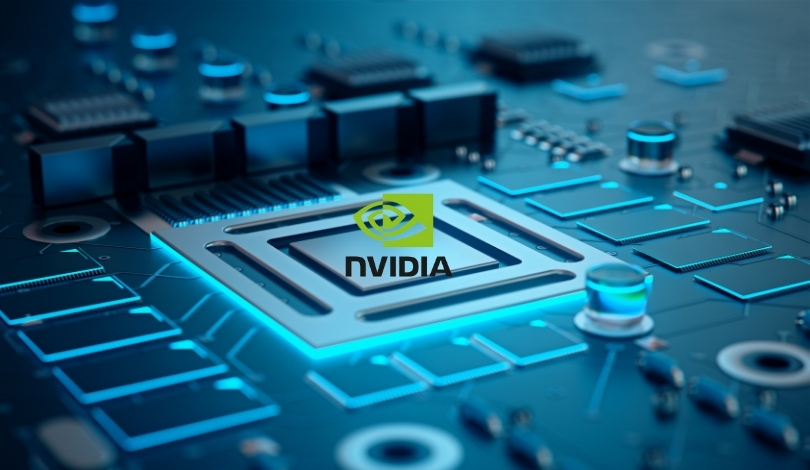As artificial intelligence quickly advances, OpenAI and Nvidia have outlined a partnership worth up to $100 billion focused on developing the infrastructure needed for future AI models, including those aiming at superintelligence. The agreement plans to leverage Nvidia’s new Vera Rubin platform, promising at least 10 gigawatts of Nvidia hardware to train and deploy next-generation AI. This collaboration could influence the competitive landscape, affecting not just technology providers but energy consumption patterns globally. Industry observers are keeping a close eye on the potential ramifications for market balance and regulatory response.
Earlier announcements about OpenAI and Nvidia partnerships mostly addressed smaller-scale hardware collaborations and investments. This new undertaking stands apart for its sheer scale in financial commitment and the explicit aim of supporting artificial general intelligence. Unlike previous deals focused solely on access to hardware, this letter of intent introduces a two-way investment dynamic, with Nvidia both supplying and investing in OpenAI. Reports also highlight how these larger deals are attracting increased attention from competition authorities compared to earlier, less scrutinized investments. The technological ambition shown in this plan seems more pronounced, with concrete timelines for deployment and clear ties to future energy infrastructure considerations.
How Will the Investment Work?
The arrangement consists of Nvidia purchasing non-voting shares in OpenAI, with OpenAI directing these funds toward the acquisition of Nvidia’s chip systems. The first significant hardware deliveries are slated for the second half of 2026, setting the stage for OpenAI to accelerate its progress on high-performance AI infrastructure. Nvidia’s upcoming Vera Rubin platform will be central to these deployments. Investment outlays could climb to $100 billion in correlation with system deployment, demonstrating the scale of commitment from both parties.
What Could This Mean for Competition?
By deepening collaboration, Nvidia secures a steady market for its sought-after chips, while OpenAI receives the computing backbone necessary for its ambitions. However, with Nvidia’s prominent role as a chip supplier and OpenAI’s influence in AI software, some industry analysts express concern over a possible reinforcement of market dominance. Antitrust experts suggest the deal might invite scrutiny, particularly as it may present challenges for competitors seeking to gain similar scale. Andre Barlow, an antitrust attorney, warned the arrangement could make it more difficult for rivals to compete on infrastructure or software, especially if regulatory oversight remains limited.
Are There Alternatives or Risks for OpenAI?
OpenAI continues to explore avenues to reduce reliance on Nvidia by designing custom chips with firms such as Broadcom and Taiwan Semiconductor Manufacturing Co. The current agreement does not preclude collaboration with other partners, including Microsoft. Nevertheless, integrating tens of gigawatts of Nvidia hardware still signals considerable dependency on a single vendor. The firms acknowledge that large-scale compute projects also bring substantial energy requirements, with projected power usage matching that of millions of households.
OpenAI CEO Sam Altman emphasized the importance of these resources in future AI advancements:
“Compute infrastructure will be the basis for the economy of the future, and we will utilise what we’re building with Nvidia to both create new AI breakthroughs and empower people and businesses with them at scale.”
Discussions about final terms continue, but both organizations have highlighted their intention to finalize details in the coming weeks. As Nvidia’s hardware underpins OpenAI’s infrastructure, the direction of AI development and deployment will likely follow patterns established by this agreement.
Market observers have noted prior multi-billion-dollar collaborations in the AI sector, like Microsoft’s investments in OpenAI and Nvidia’s partnerships with Intel, but few have involved such substantial and reciprocal commitments. The move could prompt regulatory reviews concerning market concentration, particularly in light of recent scrutiny from federal agencies focusing on AI sector consolidation. For readers tracking AI development, this deal underscores the importance of large-scale compute availability for competitive advancement, the growing interdependence among major technology firms, and the regulatory introspection such alliances are likely to trigger. As versioning and tailoring of hardware for AI use cases accelerate, organizations deploying large AI models should monitor energy sustainability and maintain agility in hardware sourcing strategies.
- This OpenAI-Nvidia partnership could reach $100 billion in value.
- First phase launches in 2026 using Nvidia’s Vera Rubin platform.
- Experts anticipate regulatory scrutiny over competition concerns.









